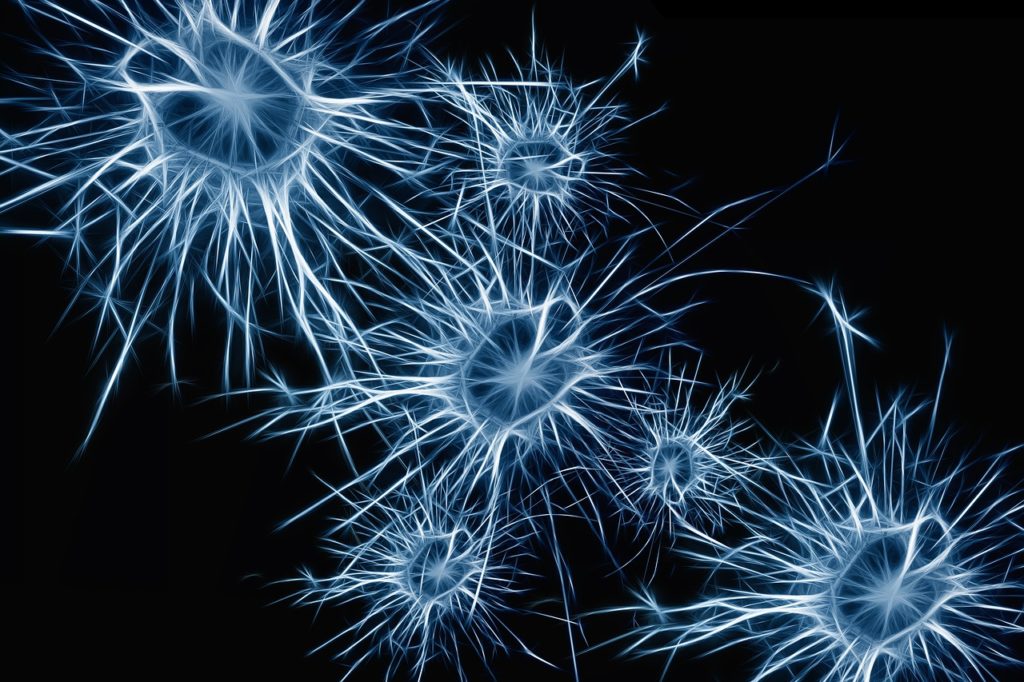The story is all too familiar: promising effects are shown in animal models of Alzheimer’s disease – providing hope for patients, physicians, and researchers alike – only to move on to clinical trials and fail to show any beneficial effects in humans. The drugs intepirdine and solanezumab are recent examples of the limitations of animals as models for human disease. There is a need to study Alzheimer’s disease in more relevant human model systems such as human brain cell cultures. Until somewhat recently, this wasn’t possible. After all, how could researchers safely obtain living human neurons from Alzheimer’s disease patients? Yet in 2006, this was accomplished thanks to a stunning breakthrough made by researchers at Kyoto University in Japan
Shinya Yamanaka and his colleagues demonstrated that it is possible to turn skin cells back into stem cells, which they called induced pluripotent stem cells (iPSCs). Yamanaka would later win the 2012 Nobel Prize in Medicine for this discovery. Researchers are now able to take a person’s skin cells, reprogram them back into stem cells, and then use those to grow whatever cells they are interested in researching. In the case of Alzheimer’s disease, living human neurons could now be sourced from patients safely and efficiently and then used to model the disease in the lab.
At the University of California, San Francisco (UCSF), researchers have been using this technique to test therapies in human neurons with the hope of discovering more relevant therapies for Alzheimer’s disease. These researchers have been looking specifically at neurons with differences in the APOE gene, a gene responsible for providing the instructions for making a protein called apolipoprotein E. Apolipoprotein E is normally involved in the breakdown of fats in the body, but a certain variation of this protein is also associated with Alzheimer’s disease.
What is meant by a variation? In general, genes are the set of instructions within your DNA that dictate which proteins are produced. They dictate traits like your eye colour, your height, and in some cases your susceptibility to certain diseases. Alleles are different versions of the same gene. For example, you may carry the allele for brown eye colour, while you may have a friend that carries the allele for green eye colour.
The APOE gene has three different alleles. These different alleles, called ApoE2, ApoE3, and ApoE4 respectively, create proteins with minor structural differences. ApoE3 is the most common version, which is carried in half of the general population. ApoE4 is the version which is known to be a major genetic risk factor for Alzheimer’s disease. In fact, the lifetime risk of developing Alzheimer’s disease by people carrying only the ApoE4 allele is roughly 65%, while it is only around 10% in people carrying the ApoE3 allele.
To attempt to reduce this risk, the researchers at UCSF tested the effects of changing the ApoE4 proteins back into ApoE3 proteins in human neurons grown from iPSCs. They did this by testing a small molecule structure corrector called “PH002” on human neurons carrying the Alzheimer’s disease risk allele (ApoE4). This structure corrector was able to convert the physical structure and function of the ApoE4 proteins into ones more similar to ApoE3.
The scientists found that with this new stem cell method, they were able to recreate the toxic Alzheimer’s disease-like effects in human neurons. With treatment, they saw reductions in a number of known Alzheimer’s disease cellular markers, such as beta-amyloid, a protein involved in Alzheimer’s disease progression. The researchers at UCSF suggest that correcting the ApoE4 allele into an ApoE3 conformation could be a possible therapy for ApoE4-related Alzheimer’s disease. The hope is that through applied research into more relevant human models of Alzheimer’s disease, better treatments will be discovered that are effective in human patients.


